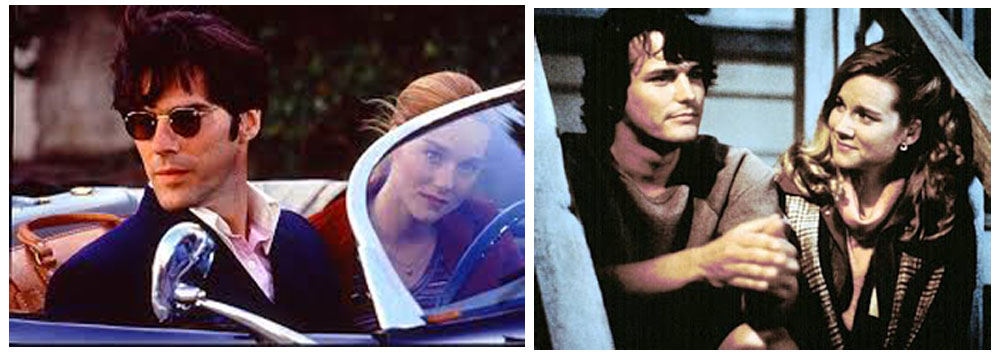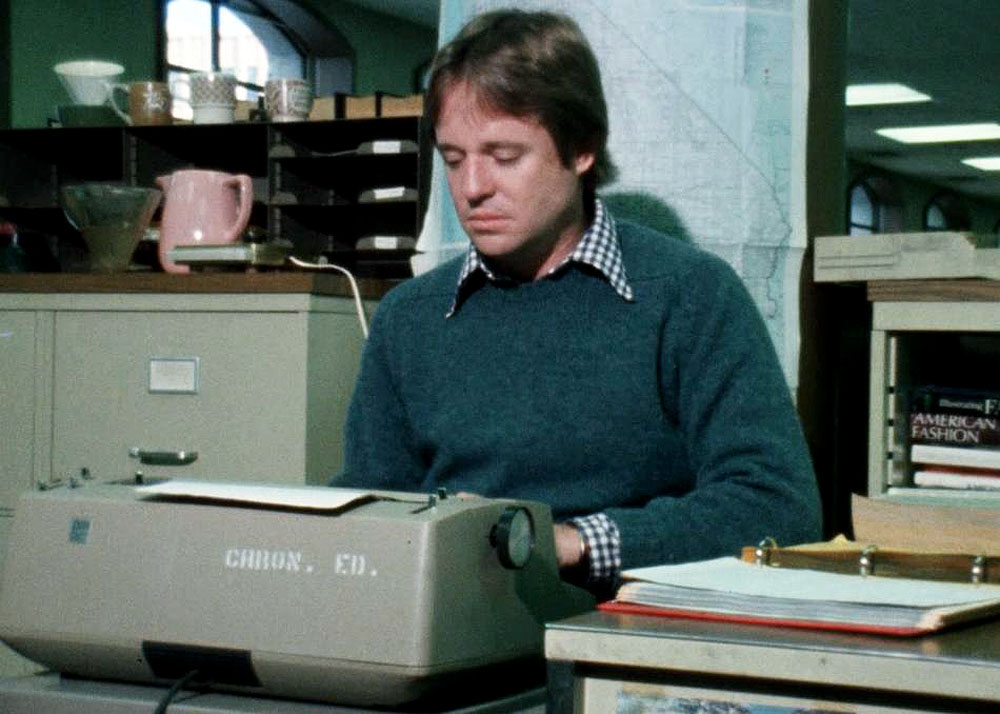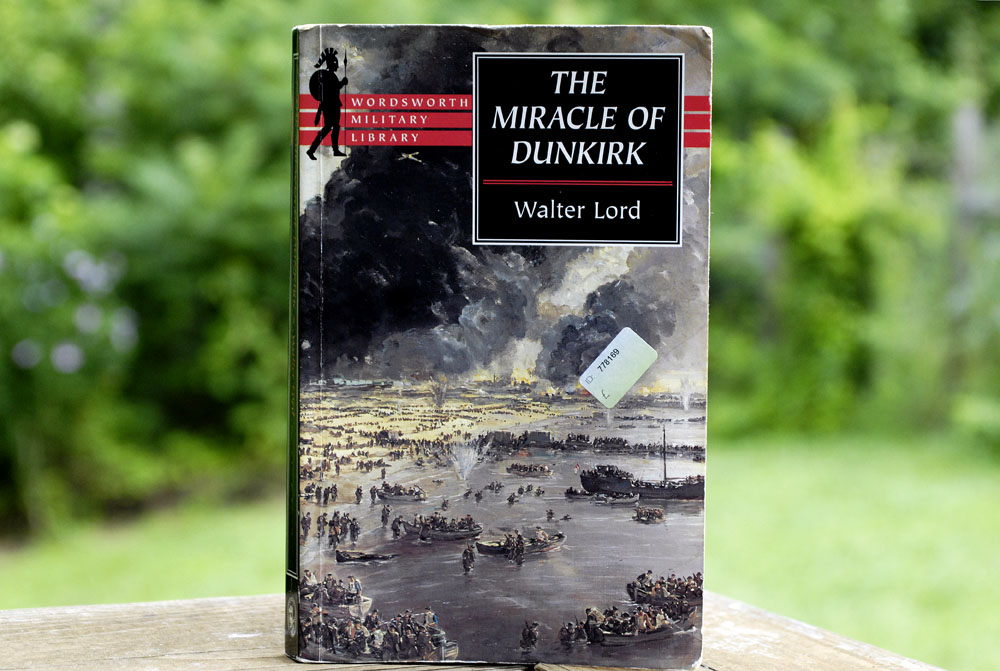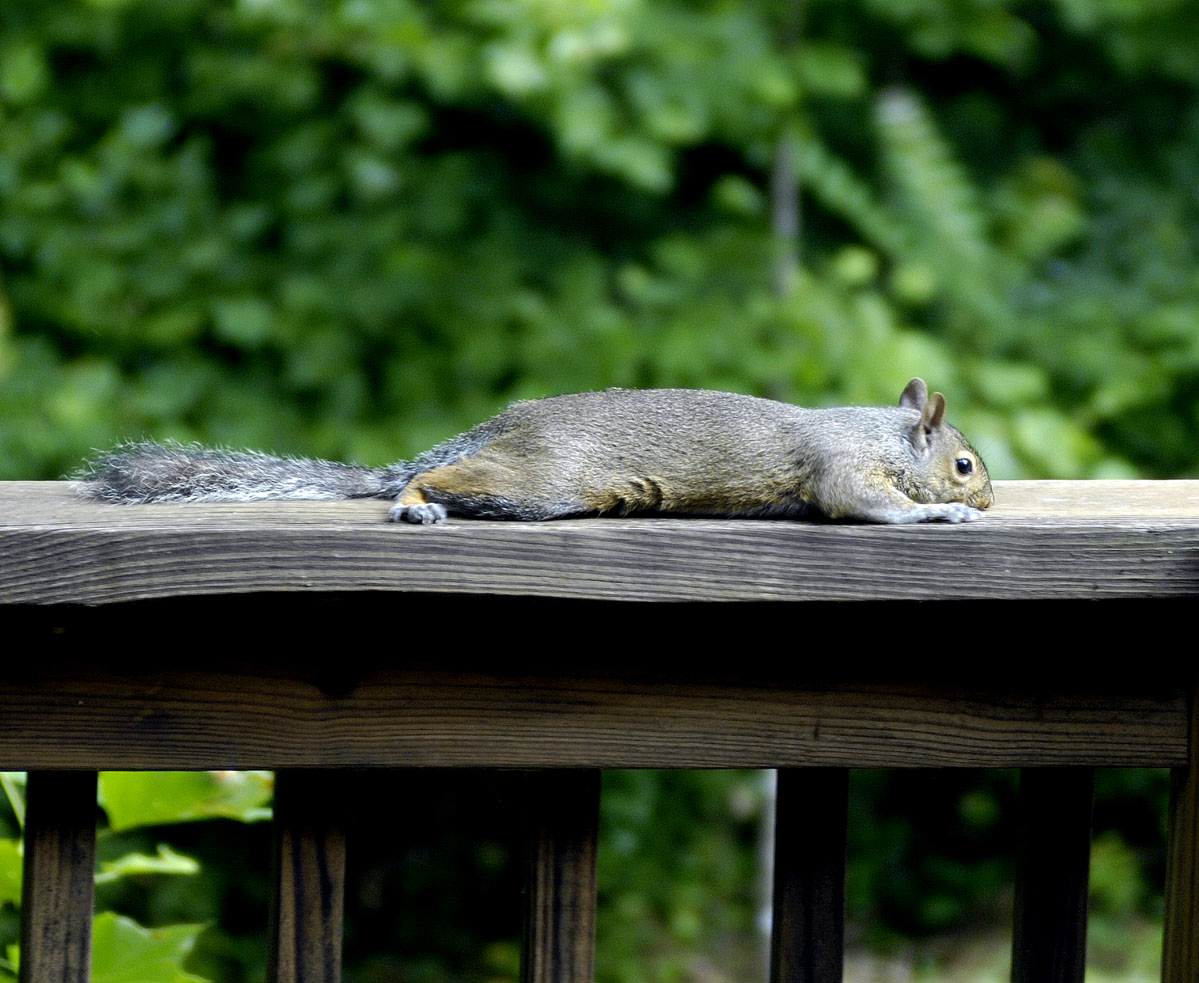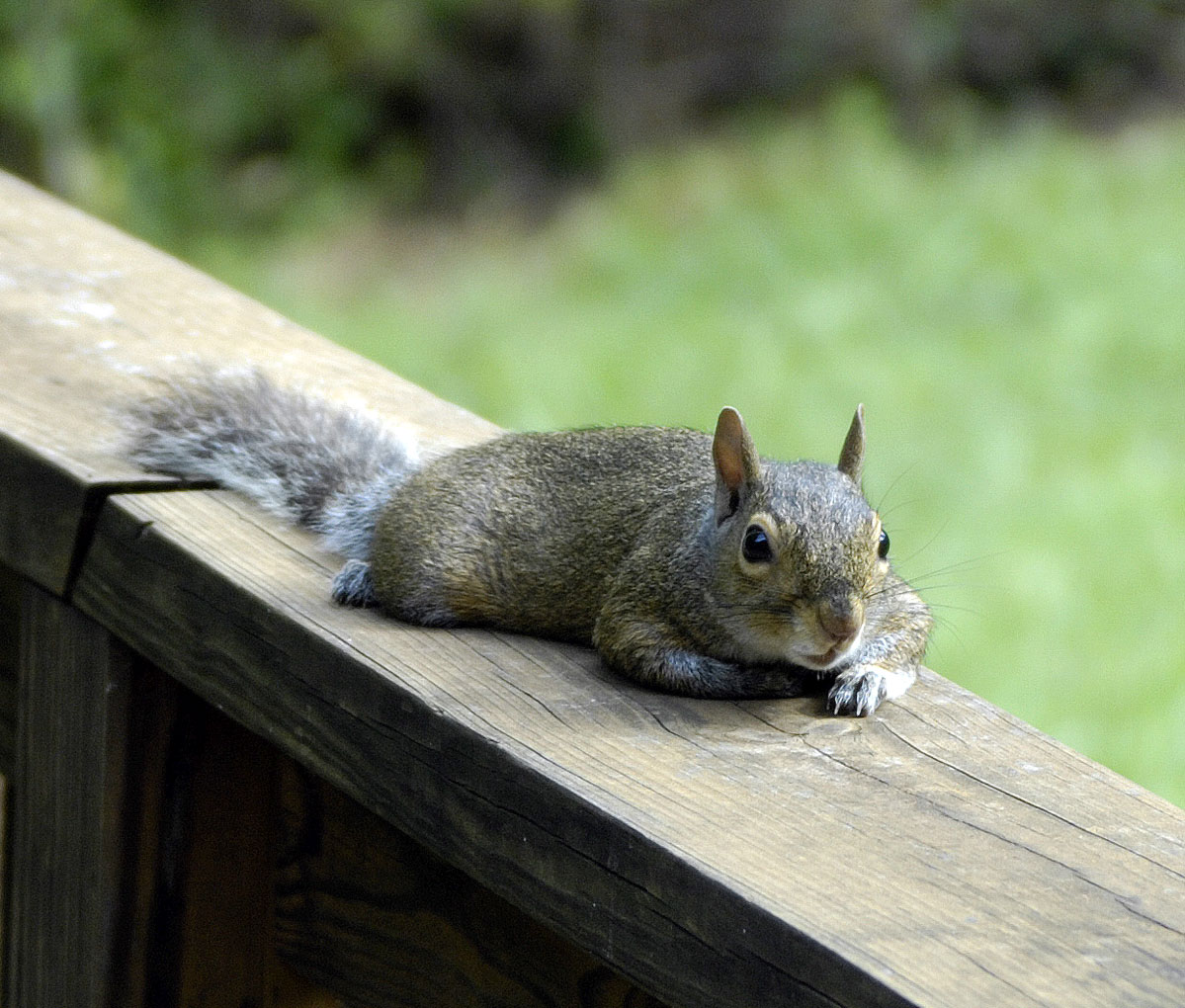This summer — August 21 — a total eclipse of the sun will sweep across the United States. This is the chance of a lifetime to experience one of nature’s strangest events.
Unless you’re inside a path that is about 70 miles wide, you won’t see as much. A partial eclipse is not nearly as impressive as a total eclipse, because a little bit of sunlight goes a long way. Only on the path will you see a total eclipse. So, if you plan to witness the eclipse, you need to plan ahead and pick a good spot in the totality zone.
Here is a link to Xavier Jubier’s interactive Google map. This map should help you get a general idea of where you’d like to be for the eclipse. Notice that the map also will show you the percent of “obscuration” for locations outside the path.
However, for picking your location in much greater detail, I’d recommend using Google Earth. Download this Google earth file (also from Jubier), which, when opened in Google Earth, will show the path of the eclipse. Then you can use Google Earth to zoom in as close as you like to scout for locations.
A lot has been written about the danger of looking directly at the sun and why protective glasses are necessary if you want to do that. But, in the early 1970s, I witnessed a total solar eclipse in eastern North Carolina. I will never forget it. Lots of people had telescopes set up with special filters.
But looking at the sun during an eclipse is not the part that I found fascinating. Rather, the coolest part was watching how nature responds to sudden darkness in the middle of the day. You’ll want to be around lots of birds, if possible. They’ll go quiet, and as the sky lightens again they’ll start singing again. And yes, during a total eclipse it gets very dark. Not as dark as night, but spookily dark. It’s easy to understand how eclipses terrified the ancients.
Instead of worrying about glasses and filters, I’d recommend making a pinhole projector, using some white cardboard or corrugated whiteboard as the screen. With the pinhole projector (Google for how to do it), you’ll be able to see the black disc of the moon slowly moving across the sun until everything goes black. If you’re standing under a leafy tree with dappled light on the ground, you’ll see that the dappling of the light is made up of thousands of pinhole projections, in which the gaps between the leaves are the apertures. Thousands of little blurry discs on the ground will turn into crescents, because they are images of the sun.
In short, don’t look up! Instead, look around you, and listen. That’s where you’ll see (and hear) the most interesting stuff.
For an animation describing the astronomy of a total eclipse, here’s a video.



